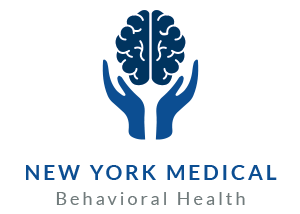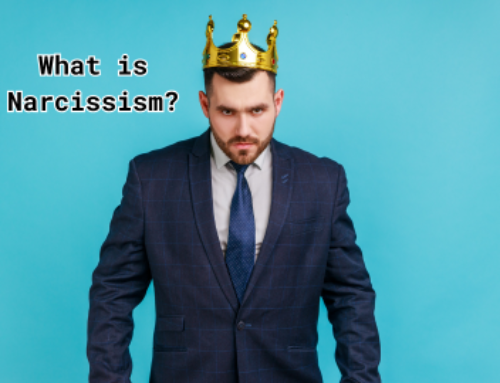The Bipolar Divide
At Rochester Holistic Psychiatry, we often help people with bipolar disorder, sometimes called manic depression. What is bipolar disorder? Like the name suggests, bipolar is a twofold condition, like a pendulum between mania and depression. These “swings” from one extreme to another can be a quick change or a slow slide, and each state can be mild or severe. Bipolar disorder affects millions in the United States alone, and is a very serious condition, damaging families and taking lives. It typically becomes pronounced in early adulthood but may show signs earlier in life.
Today, we’re going to briefly describe bipolar disorder, what its effects are, and what can be done to treat it.
Bipolar Part 1: Mania
The upswing of bipolar disorder is mania, and sufferers are labelled as “manic” during this time. Mania includes symptoms like:
- Feelings of exaggerated happiness, euphoria, and a bright mood. The sufferer might become very social when previously they were withdrawn.
- Forceful, aggressive impulses and behavior. The individual may be argumentative and loud.
- Racing thoughts, difficulty focusing. Some with bipolar disorder start various projects only to tire of them later.
- Increased energy and libido. Pleasure-seeking can be a symptom of mania, whether that manifests as a high sex drive, urge to spend money, and even thrill-seeking.
Bipolar Part 2: Depression
The downswing of bipolar is depression. The depressive side of bipolar disorder can be overwhelming and be a disruptive presence in the sufferer’s daily life. A bipolar individual in the depressive stage usually experiences symptoms such as:
- Deep sadness and despair. The person may feel isolated and unloved.
- Feeling tired and apathetic, with little drive to socialize, work, or engage in hobbies.
- Worry and anxiety, sometimes to the point of panic.
- Strong feelings of guilt. Sufferers may be haunted by past events, whether they had any responsibility for the outcome or not.
- Thoughts of self-harm. The depressive side of bipolar disorder often brings with it the sense that these painful feelings will not end.
Irreplaceable people have been lost to the effects of bipolar disorder. Not all are affected so severely, but one person lost is too many. Next, we’ll look at some treatments for bipolar disorder.
Treatments for Bipolar Disorder
Individuals with bipolar disorder have found comfort and support with a variety of treatments endorsed by the medical establishment. These include cognitive-behavioral therapy, medication, individual therapy, and support groups.
One of the most important things for the diagnosed bipolar person to do is recognize the episodes and associated behaviors, to be mindful instead of caught up in the moment, and not to isolate. This is difficult and must be learned, but we and other mental health professionals are dedicated to helping sufferers of bipolar disorder lead happier lives.
TMS for Bipolar Disorder?
Currently, insurance only covers TMS for major depression, but many individuals with degrees of bipolar disorder present signs of major depressive disorders as well. Scientific studies are underway to determine if trans-cranial magnetic stimulation therapy is safe and beneficial to bipolar patients, and trials so far are promising.
If any of the above describes you, we encourage you to contact your physician, who can provide referrals to therapy and psychiatry if needed. TMS is typically used when previous methods of treatment have not produced the desired results. To discuss your needs and options, contact us HERE.
If you ever have thoughts of harming yourself, please call the National Suicide Prevention Lifeline at 1-800-273-8255.



